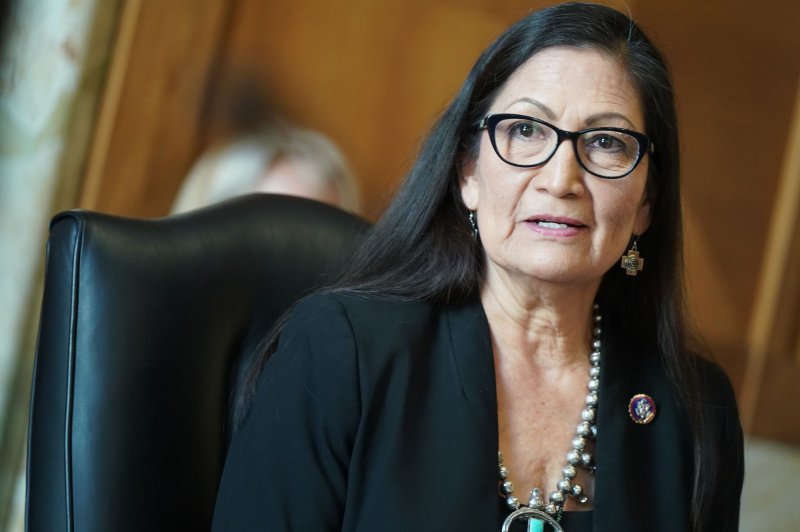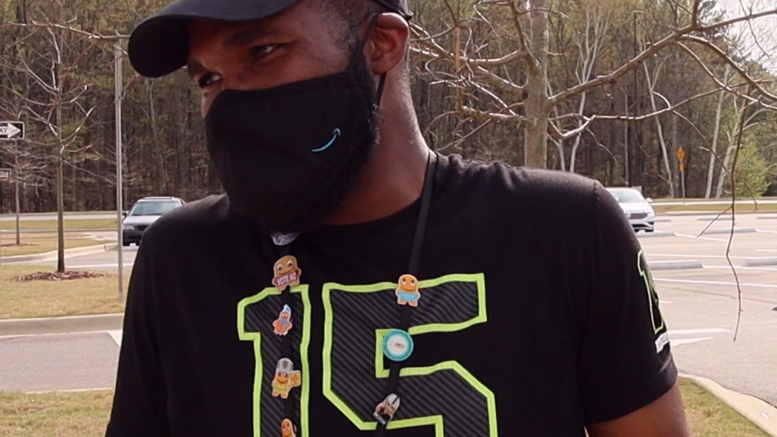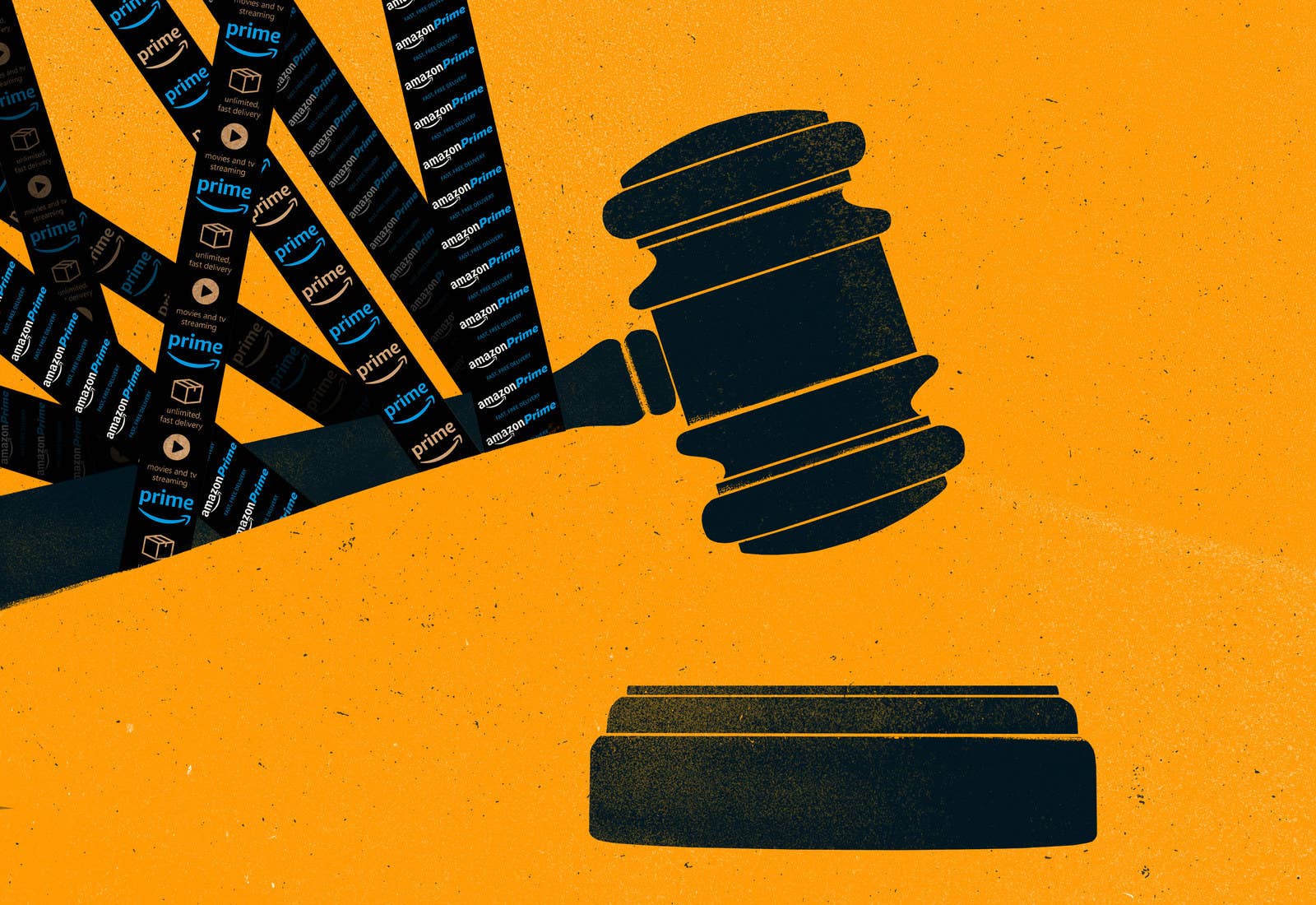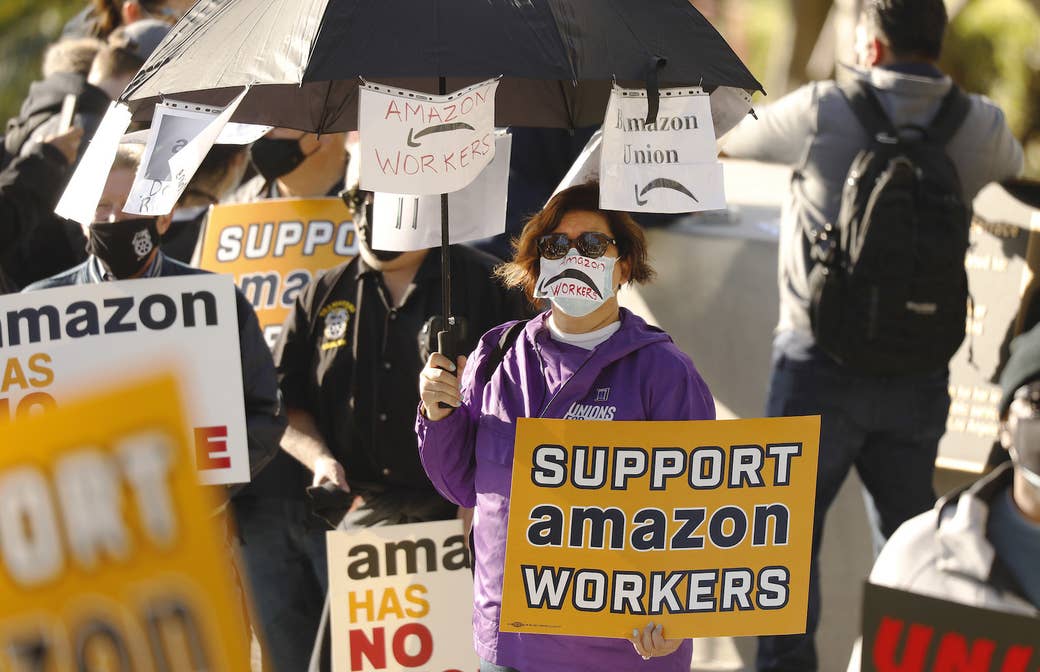
April 1 (UPI) -- African elephants have habitat to spare, but new research suggests their range has been constrained by 2,000 years of human pressure.
Despite human development and population growth across Africa, a new survey of the African elephant's potential range -- published Thursday in the journal Current Biology -- suggests there is still plenty of suitable habitat.
Humans have been targeting elephants for their tusks for thousands of years, but the ivory trade began rapidly expanding during late 17th century.
The growth of the ivory trade, as European colonizers arrived on the continent, dramatically shrank the size of the African elephant population, as well as the species' geographic range.
RELATED GPS-enabled decoy eggs may help track, catch sea turtle egg traffickers
Today, the continent's elephants remain hemmed in by poachers, unable to utilize the full scope of Africa's available habitat.
According to the new study, roughly 62% of Africa, or 7 million square miles, is suitable for elephant habitation. Much of the potential habitat is only sparsely populated by humans.
For the study, scientists used GPS collars to track where elephants roam today.
RELATED Botswana government says toxic algae bloom caused mass elephant deaths
Researchers analyzed the habitat features present across their current range, including vegetation type, tree cover, surface temperature, precipitation, slope and human influence.
Finally, scientists extrapolated the data to determine where else the megafauna could live but don't.
Researchers found large swaths of unused habitat in the Central African Republic and the Democratic Republic of Congo, where not long ago massive forests hosted hundreds of thousands of elephants.
RELATED Older bulls hold important leadership roles in elephant societies
Today, the two nation's are home to just 5,000 to 10,000 elephants.
The authors of the new study also pinpointed places where elephants are unable to survive.
"The major no-go areas include the Sahara, Danakil and Kalahari deserts, as well as urban centers and high mountaintops," study co-author Iain Douglas-Hamilton said in a press release.
RELATED Bird companions help black rhinos avoid poachers
"That gives us an idea of what the former range of elephants might have been. However, there's a dearth of information about the status of African elephants between the end of Roman times and the arrival of the first European colonizers," said Douglas-Hamilton, a zoologist at Oxford University and founder of Save the Elephants.
Historical evidence suggests elephants once occupied nearly every part of the African continent.
But through the centuries, these highly intelligent animals have learned to avoid humans and the threats they pose, concentrating themselves into a drastically reduced range.
"Elephants are quick to recognize danger, and find safer areas," said Douglas-Hamilton.
Previous studies have shown elephants alter their migration and feeding patterns to avoid poachers.
The latest findings are a reminder of what the African elephant's range and population size might look like if the threat of poaching was eliminated, researchers said.
"Elephants are generalist mega-herbivores that can occupy fringe habitats," Wall concludes. "Their range may have shrunk, but if we gave them the chance they could spread back to parts of their former habitat."
upi.com/7086035











